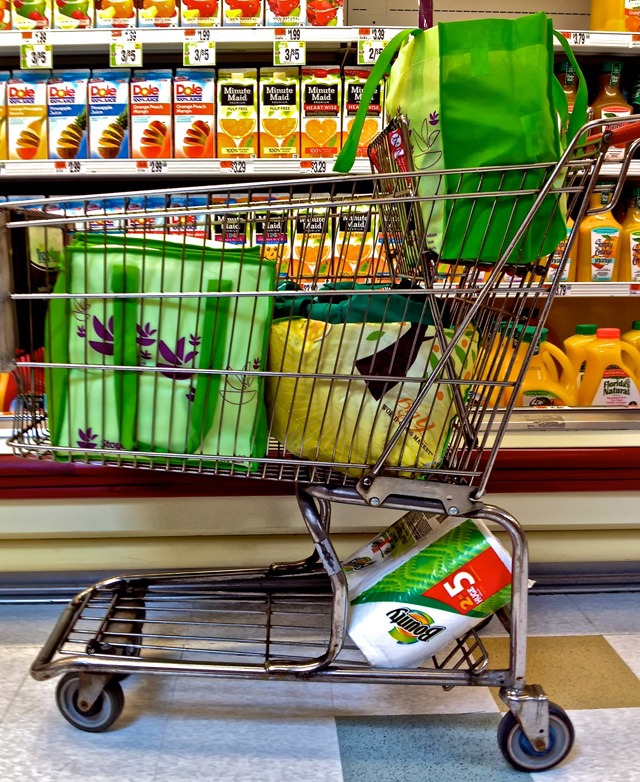 Global procurement is essentially “the process by which an organization buys the products or services it needs for its work from organizations in all parts of the world.” (Dictionary Cambridge)
Global procurement is essentially “the process by which an organization buys the products or services it needs for its work from organizations in all parts of the world.” (Dictionary Cambridge)
Looking globally for procurement has various advantages. Buying from so-called “low cost countries”, such as China or Eastern Europe, will decrease procurement costs, and consequently production costs. In addition, it will increase the number of potential vendors, stimulating the competition. Moreover, it will enlarge the pool of alternatives in terms of creativity, innovation and new technologies. In some cases, to source globally is simply a necessity. For example, raw materials like petroleum, gold or coffee can only be supplied by certain countries.
On the one hand, it helps to multiply the number of potential vendors. On the other hand, a buyer dealing with several production sites would gather the global production volumes or concentrate the purchasing with a restricted number of suppliers. This approach leads to economies of scale. A procurement manager will keep in mind that the company is the customer of a foreign vendor. Should the vendor be located in a market where the company is looking for entry, the procurement manager may think about a marketing cooperation and discuss it internally to Sales and/or the Marketing Department.
The challenges of Global procurement
Sourcing from another country has many challenges, such as languages, culture, different legislations, tax, different currencies, logistics, intellectual property, quality control, ethics, and last but not least, political and/or geographical situations.
Global sourcing has expanded these last 10 years, which means that the above-mentioned challenges are more or less under control, to the benefit of both the client and the vendor. The other side of the coin is that powerful organizations need to be aware on their impact on a region. A procurement specialist deciding to add business or take a company’s business away from a vendor should always be aware of the consequences of this decision – not only for a vendor but eventually for a whole region. For the good reputation of the company, it is crucial to prepare a respectful and acceptable exit plan and include it in the (re)sourcing business case.
Those who associate production in low cost countries and “exploitation” of the workforce or are uncomfortable with the Human Rights situation in certain area of this world should be somewhat relieved to know that companies are more and more sensitive to these issues, as their images are at stake. As a result, companies and procurement departments are more often putting emphasis on sustainable procurement. For example, the Diamond Trade now has the Kimberley process to avoid “Blood Diamonds”, and organization like Utz, Fair Trade or Rainforest are supporting companies with tight controls to ensure a sustainable production.
Global procurement remains a challenging but profitable opportunity both vendors and clients.
Photo credit: Timothy Valentine via photopin cc


 Global procurement is essentially “the process by which an organization buys the products or services it needs for its work from organizations in all parts of the world.” (
Global procurement is essentially “the process by which an organization buys the products or services it needs for its work from organizations in all parts of the world.” (

